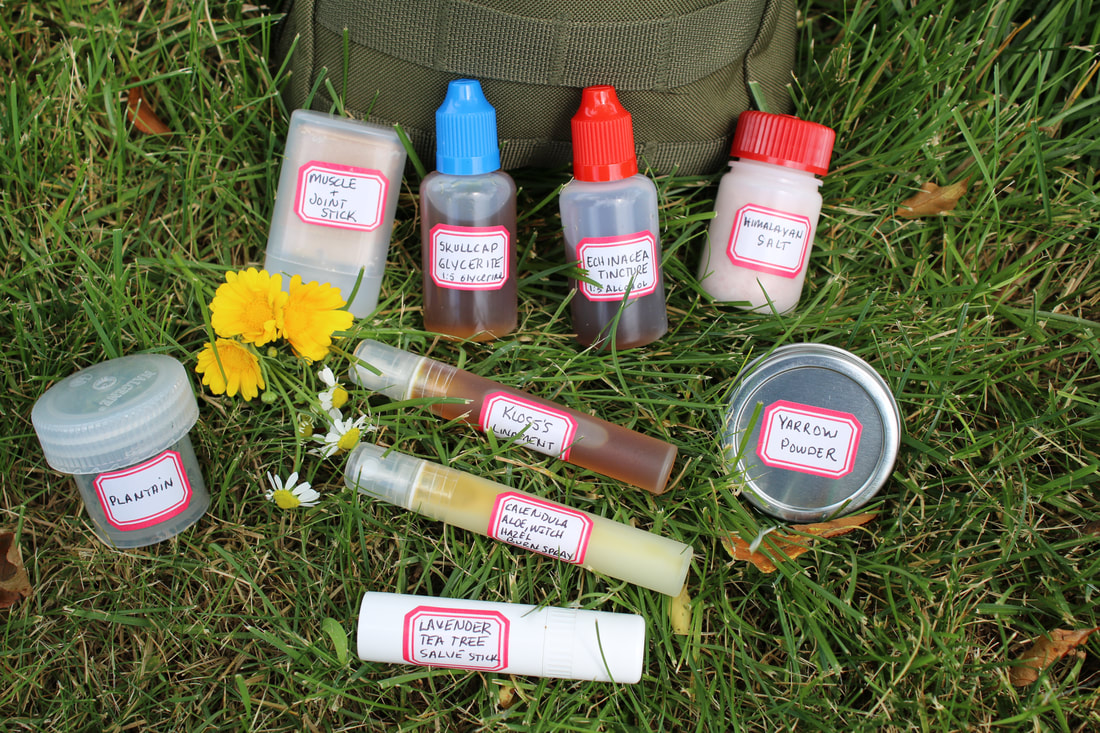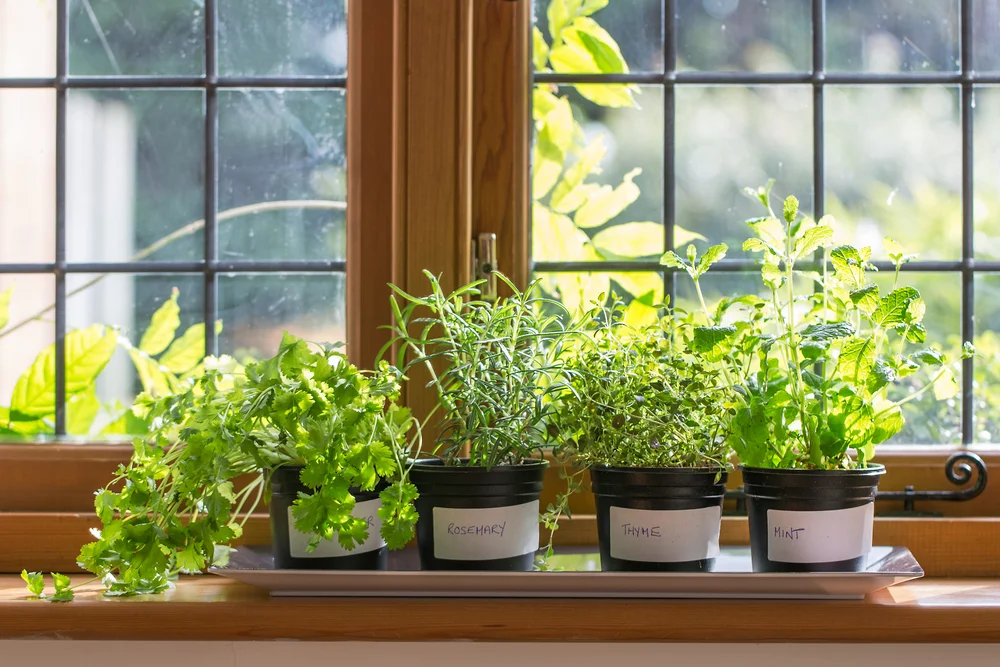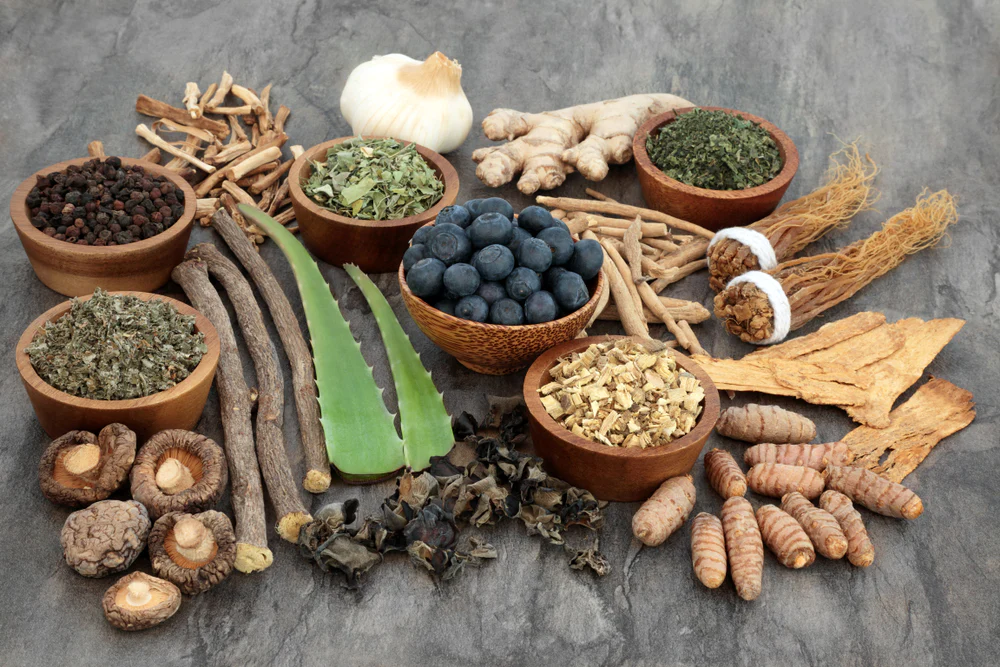Venturing into the world of herbal remedies can transform your approach to first aid. Building your own herbal first aid kit equips you with natural solutions for common ailments. This guide aims to empower beginners with the knowledge to assemble their herbal arsenal, ensuring readiness for life’s small emergencies.
The Essentials of an Herbal First Aid Kit
Understanding Your Needs
Begin by assessing the common health concerns in your household. Do you frequently encounter cuts, bruises, or digestive issues? Tailoring your kit to your specific needs ensures effectiveness and efficiency.
Selecting the Right Herbs
Focus on versatile herbs known for their safety and efficacy. Lavender, for instance, soothes both skin irritations and stress. Chamomile, another powerhouse, tackles digestive discomfort, anxiety, and skin issues. These examples illustrate the multifunctionality desirable in your selections.
Essential Herbs and Their Uses
- Lavender – An all-rounder for skin irritations, burns, and stress relief.
- Chamomile – Perfect for digestive upsets, anxiety, and as a gentle sleep aid.
- Peppermint – Eases headaches, digestive problems, and boosts energy.
- Calendula – Heals cuts, scrapes, and soothes skin conditions.
- Echinacea – Supports the immune system and combats cold symptoms.
- Tea Tree Oil – Disinfects wounds and tackles fungal infections.
By incorporating these herbs, you create a robust foundation for your herbal first aid kit.
Preparing Your Remedies
Creating Tinctures and Infusions
Tinctures, or concentrated herbal extracts, offer a potent remedy that lasts. Begin with vodka or another high-proof alcohol as your base. Soak the herbs for several weeks, then strain. For immediate use, herbal infusions or teas provide a gentler option.
Salves and Balms
Salves are perfect for topical applications. Melt beeswax, combine with infused oils from herbs like calendula or lavender, and let the mixture solidify. These preparations soothe skin ailments effectively.
Storage and Maintenance
Proper Labeling
Label each remedy clearly with its name, date of preparation, and expiration date. This practice ensures safety and efficacy.
Ideal Storage Conditions
Store your remedies in a cool, dark place. Glass containers offer the best preservation for tinctures and oils, protecting the integrity of your herbal preparations.
Practical Applications
Everyday Scenarios
Imagine you’re hiking and encounter a minor scrape. Reach for your calendula salve for its healing properties. Or, if stress levels rise, a lavender tincture can offer calming relief.
Expanding Your Kit
As you grow more comfortable, consider adding specialized items to your kit. Arnica for bruising, ginger for nausea, and yarrow for fever and colds can broaden your kit’s utility.
Conclusion
Creating your own herbal first aid kit marks the beginning of a journey into natural health and preparedness. With the right knowledge and a curated selection of herbs, you’re well-equipped to handle life’s minor health challenges naturally. Embrace the process, and let your herbal first aid kit evolve with your growing expertise.




